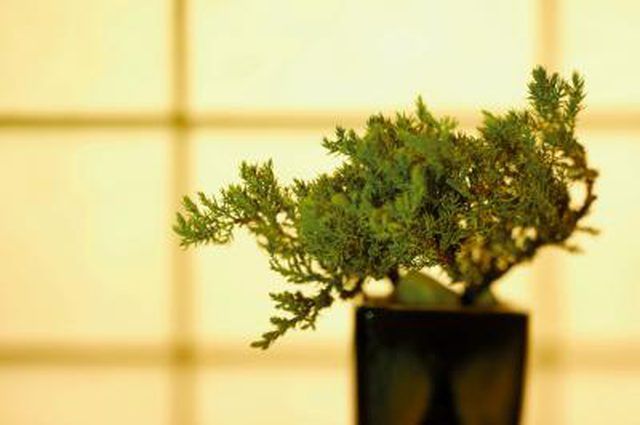Bulbs
Flower Basics
Flower Beds & Specialty Gardens
Flower Garden
Garden Furniture
Garden Gnomes
Garden Seeds
Garden Sheds
Garden Statues
Garden Tools & Supplies
Gardening Basics
Green & Organic
Groundcovers & Vines
Growing Annuals
Growing Basil
Growing Beans
Growing Berries
Growing Blueberries
Growing Cactus
Growing Corn
Growing Cotton
Growing Edibles
Growing Flowers
Growing Garlic
Growing Grapes
Growing Grass
Growing Herbs
Growing Jasmine
Growing Mint
Growing Mushrooms
Orchids
Growing Peanuts
Growing Perennials
Growing Plants
Growing Rosemary
Growing Roses
Growing Strawberries
Growing Sunflowers
Growing Thyme
Growing Tomatoes
Growing Tulips
Growing Vegetables
Herb Basics
Herb Garden
Indoor Growing
Landscaping Basics
Landscaping Patios
Landscaping Plants
Landscaping Shrubs
Landscaping Trees
Landscaping Walks & Pathways
Lawn Basics
Lawn Maintenance
Lawn Mowers
Lawn Ornaments
Lawn Planting
Lawn Tools
Outdoor Growing
Overall Landscape Planning
Pests, Weeds & Problems
Plant Basics
Rock Garden
Rose Garden
Shrubs
Soil
Specialty Gardens
Trees
Vegetable Garden
Yard Maintenance
How to Grow a Bonsai From a Seed
How to Grow a Bonsai From a Seed. Bonsai trees are essentially dwarf or miniature versions of larger trees, pruned and conditioned to grow in this fashion. Bonsai "seed" is a misleading title, as bonsai trees are grown from normal tree seeds. Common varieties that are suitable for bonsai growth include beech, larch, maple, black pine and...

Bonsai trees are essentially dwarf or miniature versions of larger trees, pruned and conditioned to grow in this fashion. Bonsai "seed" is a misleading title, as bonsai trees are grown from normal tree seeds. Common varieties that are suitable for bonsai growth include beech, larch, maple, black pine and Scotch pine, as well as a variety of other tree species. Growing a bonsai tree from seed involves the same process as with any other tree.
Things You'll Need
Tree seeds
Plastic bag
Paper towel
Small terra-cotta planting pot
Potting soil
Plastic liner
Use fresh seeds that have ripened within the past growing season, and germinate them in early spring so that the tree has time to grow and strengthen over the course of a normal growing cycle. Place the seed in a plastic bag containing a moist paper towel away from light for about a week or two to germinate.
Plant the seeds after sprouting into moist soil, about two inches deep in a small planting pot. Use a terra-cotta pot with a diameter suitable to the desired growth of your Bonsai tree. Place a plastic lining in the pot prior to adding the soil. This will help when you need to prune the roots to keep your bonsai tree small, and within your desired shape.
Prune the branches and roots of your bonsai tree after about a year of growth. The growth rate from seed to sapling fluctuates widely between species of tree. It may take many months before the sapling produces any branch growth. Keep the height of the tree trimmed to your desired size throughout the first year of growth. Wait for branches to sprout and produce leaves before trimming.
Trim branches throughout the growth of the tree just above budding nodes if you desire longer branches or offshoots. As offshoots grow longer, bend and bind the tree using garden twine or jute into your desired shape. Bind the branches loosely against a stronger branch or the trunk, and unbind after the branch takes to the new direction and shape. This will occur usually after a three or four months. Only cut about two inches or less at a time every other month.
Trim the roots as they begin to protrude from the soil near the bottom and sides of the pot's diameter, and keep them this way throughout the life of the tree. If you wish, let the tree grow larger in diameter, transplant it to a larger pot and allow the roots to grow to the diameter of the pot.
Tips & Warnings
Store seeds throughout winter to plant later in the refrigerator.
Soak seeds for 48 hours in water prior to germination if the seeds have hard outer shells or haven't ripened through the normal growing season.